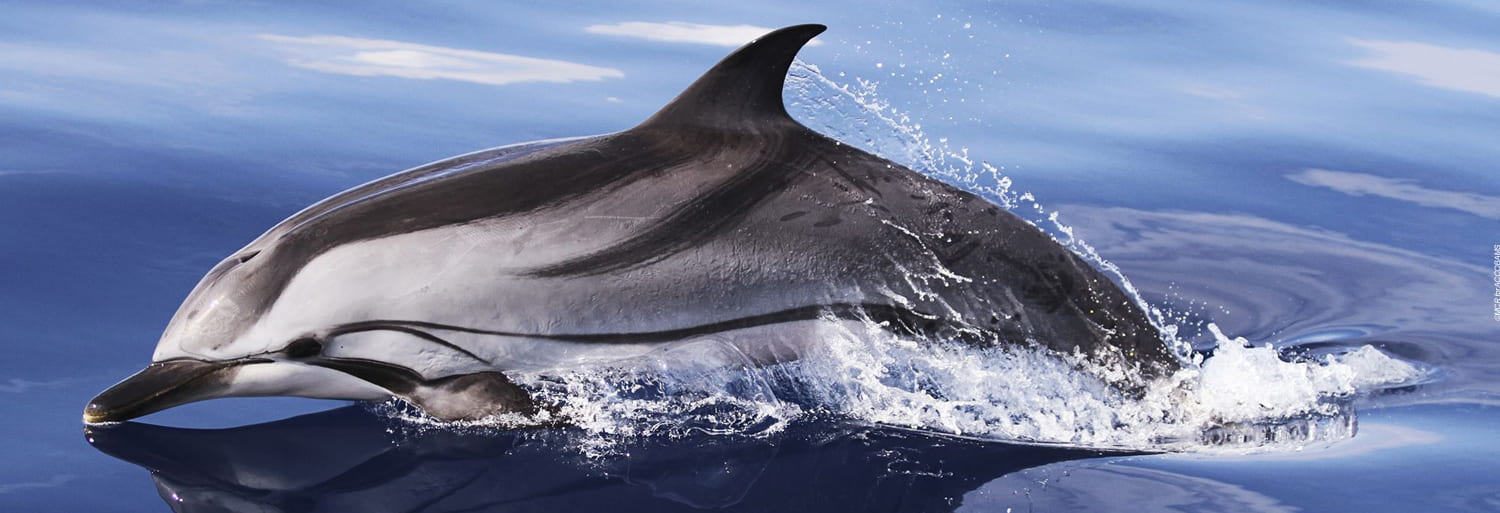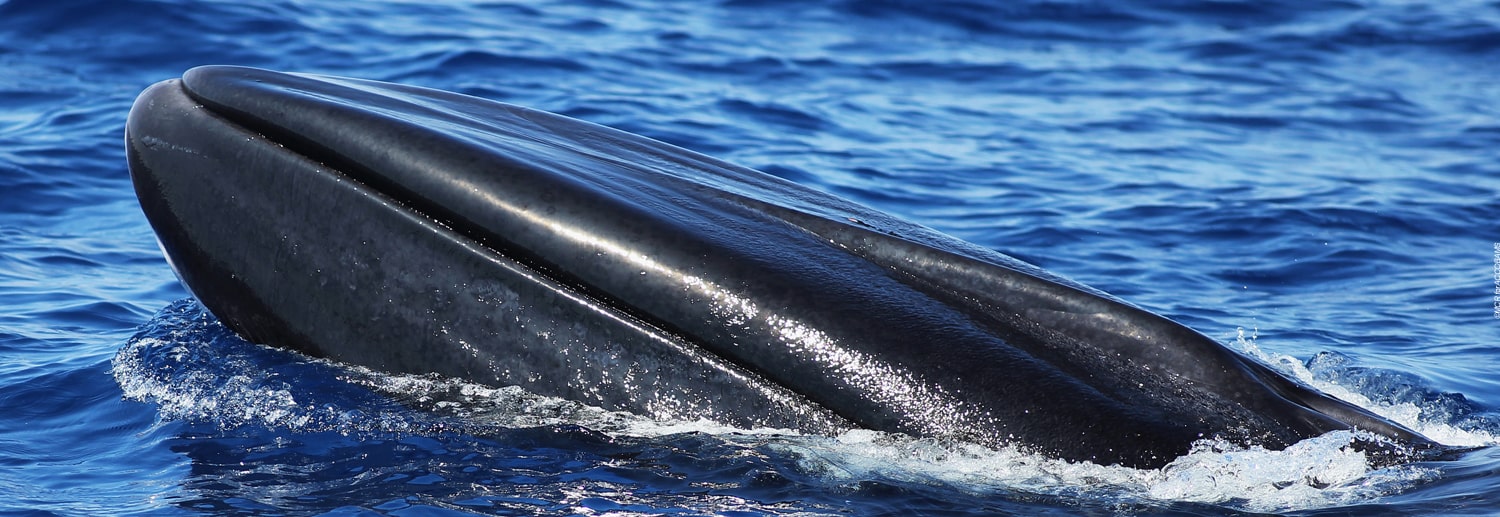Bycatch & Depredation
Background
The problem related to interactions between fishing activities and cetaceans are very complex and well known to ACCOBAMS. These interactions have negative ecological and socio-economic implications, and they cause situation of severe conflicts between fishermen and dolphins.
Fisheries can impact cetaceans unintentionally or indirectly by reducing the availability of their prey, or directly by injuring them as cetaceans can be occasionally trapped in fishing gears (bycatch), often leading to their death. Cetaceans, in particular odontocetes, can on their side impact fisheries by removing bait or caught fish from hooks, nets or traps, thus reducing commercial catches and sometimes damaging fishing gears (depredation).
In general, interactions between cetaceans and fisheries in the Mediterranean and the Black Sea involve mainly coastal fisheries and species such as common bottlenose dolphins (Tursiops truncatus), which are typically found on the continental shelf, common dolphins (Delphinus delphis), and the harbour porpoise (Phocoena phocoena relicta). Most fisheries interact with cetaceans through towed nets (e.g. pelagic and bottom trawl, purse seine, etc.) and static nets (e.g. bottom set gillnet, trammel nets and longline, etc.). Static nets, the main fishing gear used by the small-scale Mediterranean and Black Sea fisheries, are prone to interaction with cetaceans. In particular, common bottlenose dolphins are increasingly interacting with set nets across the region where, as well as being caught, they depredate catch, damage gear and may cause severe economic losses.
ACCOBAMS provisions related to interactions with fisheries
In the Agreement Text, ACCOBAMS provides that Parties shall apply, within the limits of their sovereignty and/or jurisdiction and in accordance with their international obligations, appropriate measures for the assessment and management of human-cetacean interactions, stressing that measures concerning fisheries activities shall be applied in all waters under their sovereignty and/or jurisdiction, and outside these waters in respect of any vessel under their flag or registered within their territory (Article II, paragraph 3). Additional provisions related to the assessment and mitigation of interactions with fisheries are defined in the Conservation Plan (Annex 2 of the Agreement).
ACCOBAMS Parties have adopted several Resolutions to mitigate the interactions between fisheries and cetaceans:
Resolution 2.12 on Guidelines for the use of acoustic deterrent devices
Resolution 2.13 on pelagic gillnets
Resolution 2.21 on assessment and mitigation of the adverse impacts of interactions between cetaceans and fishing activities in the ACCOBAMS area
Resolution 2.25 Prey depletion
Resolution A/3.1, amending Annex 2 to ACCOBAMS, as regards the use of drift nets
Resolution 4.9 on fisheries interactions with cetaceans
Resolution 8.16 on interactions between fisheries and cetaceans
Joint ACCOBAMS/ASCOBANS Working Group on Bycatch
In 2016, the ACCOBAMS Parties decided to establish a joint working group with ASCOBANS on bycatch to review available information and increase exchange of experience between both regions. More information on the Joint Bycatch Working Group can be found on the Working Groups page.
Projects
In order to understand better the nature of these interactions and to find possible mitigation measures that can reduce both bycatch and depredation events, ACCOBAMS is active in several projects carried out in its Agreement area:
* The ACCOBAMS/GFCM project on mitigating interactions between endangered species and fishing activities (completed)
* The MedBycatch project (completed)
* The Depredation project (completed)





